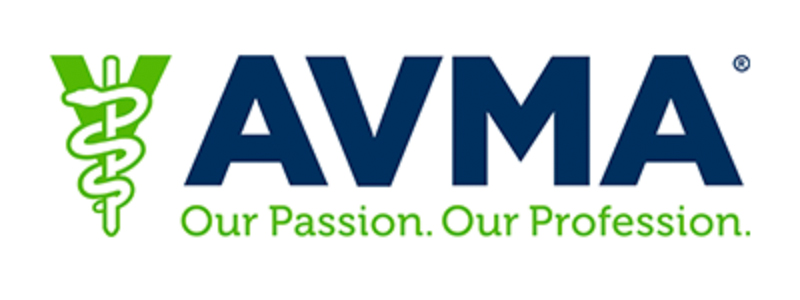BY: SAMANTHA BARTLETT, DVM
Pet health insurance is becoming a growing topic in the veterinary profession. As advances in veterinary medical care continue to progress and pet owners begin to become more educated on the importance of veterinary preventive care to prolong the life of their pets, pet health insurance is becoming more attractive to clients. In addition, many employers are now offering pet health insurance as part of their employment benefits. Even with all of this growth, only about 2% of pets in the United States are currently covered by pet health insurance (PHI).
The North American Pet Health Insurance Association (NAPHIA) released a report in 2016 entitled, “Driving Growth of Pet Health Insurance”. In that report, NAPHIA reported that the market included just over 1 million insured pets creating a $600 Million industry. NAPHIA found that owners of insured pets make more visits to the veterinarian and spend more money on veterinary care per year that non-insured pet owners. On average, insured dog owners spend 29% more per year. Insured cat owners spend 81% more per year on veterinary care than non-insured owners. Other benefits of having more insured pet owners is the ability to consistently provide the best standard of care, peace of mind for both pet owner and veterinary staff, and a reduction in euthanasia due to financial hardship when a pet is ill or injured.
In the NAPHIA 2016 study, 56% of veterinarians stated they wished all clients had pet health insurance. Of this 56%, half actively recommend pet health insurance in their practice. Of the veterinarians in this group that do not actively recommend, most cite they are not comfortable with the details of individual plans and therefore do not feel comfortable discussing insurance. This studied also identified gaps in perceptions between veterinarians and pet owners regarding pet health insurance. The main gap involved client motivation for getting PHI. Of enrolled pet owners, over 50% feel that having PHI is the responsible thing to do and demonstrates their love for their pets. 48% of enrolled pet owners feel that PHI is a good value. In contrast, only about 10% of veterinarians believe that pet owners feel PHI is the responsible thing to do and only 16% of veterinarians feel that clients would see PHI as a good investment.
In 2017, the NAPHIA released the “Pet Insurance Best Practice Guide” to help veterinary practices become active advocates for pet health insurance to all of their clients. This guide gives 10 tips for client education to help increase awareness and enrollment in pet health insurance plans. You can access this guide on the NAPHI website at https://naphia.org/. The one best way to get more clients enrolled on a PHI plan is to actively talk to clients about the benefits of pet health insurance. Passive measures alone are not enough. According to the NAPHIA, 50% more owners say they would purchase PHI if veterinarians actively recommended it. Other key points covered in this guide are to pick 1-2 companies to support as a practice, get all team members on board, and to appoint 1-2 team members as insurance specialists to help answer more detailed questions clients may have with insurance companies or claims. NAPHIA recommends that veterinary practices offer PHI plans to employees to help promote plans to clients. The 2016 “Driving Growth of Pet Health Insurance” study showed that 71% of owners are more likely to purchase PHI if veterinary staff insured their own pets with the company.
There are several things to consider when picking an insurance company and individual pet plan. When advising clients on pet health insurance, it is important to stress that there are several aspects to consider when comparing insurance companies and coverage plans. At a minimum, clients should consider the exclusions list, caps on coverage per year and per lifetime, coverage of wellness services, waiting periods before coverage of certain conditions (i.e., CCL injury), whether deductibles apply per incident or per year, and plan cost.
When choosing insurance companies to support, practices should also consider popular local and regional companies, such as those included in adoption fees of shelters and rescue organizations in the area. For example, Companion Protect offers PHI plans in Iowa, Kansas and Missouri. Many large shelters offer introductory plans as part of their adoption fee. This company utilizes a network of providers that automatically process claims and pays for wellness visits in network. If a client uses a veterinarian out of the network, claims are reimbursed upon approval and wellness visits are not covered. In comparison, the larger companies, such as Nationwide, Trupanion, 24Petwatch, and ASPCA traditionally do not have provider networks and provide the same coverage either based on a percentage or on average costs in the geographic area. Each company has different approaches to coverage. While there is no regulating body on pet health insurance, the AVMA, in collaboration with NAPHIA, has developed guidance on characteristics a pet health insurance policy should have. NAPHIA has a list of companies that are members in the United States and Canada at https://naphia.org/find-pet-insurance/.











